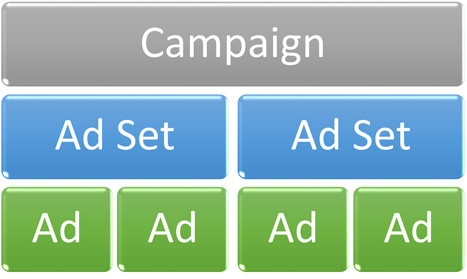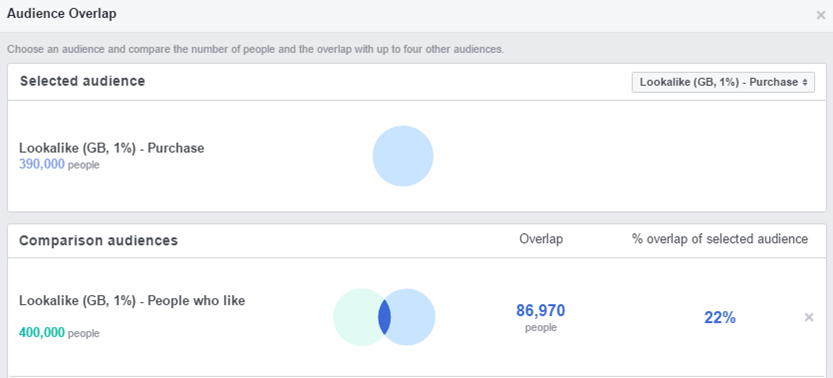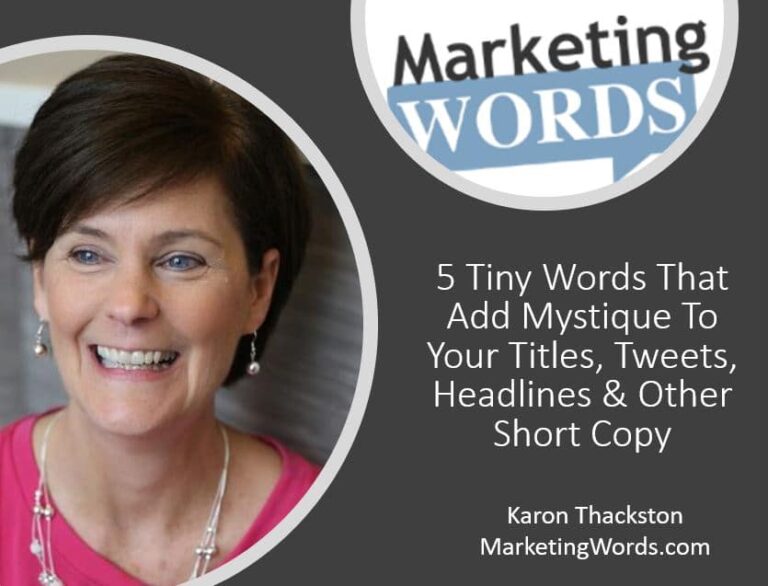Anyone who knows anything about performance marketing will understand that split testing is an intrinsic part of running any paid media campaign. Historically, the Facebook ads platform has been very weak at enabling advertisers to perform reliable split tests for several reasons, but that looks set to change with a new whitelist feature that was rolled out in December. This blog post will explain why Facebook has been so poor at enabling advertisers to split-test, and how to overcome this if your ad’s account hasn’t been whitelisted yet.
Facebook Account Structure
Let’s recap on the campaign structure used within Facebook ads so that we can understand a little more about how to split test in Facebook.

Campaign: This is essentially a container for all your ad sets, and is where you choose your campaign objective (i.e. Website Conversions, Page Likes, Lead Forms etc).
Ad Set: This is a container for all your ads, and is where we set the ad budget, bid type, bid amount, schedule and audience.
Ads: This is where your ads are stored. You can have multiple ads within each ad set, and all ads within the same ad set will share the same ad set settings.
Simple enough, right?
How to Split Test Creative
Let’s imagine a real-world scenario where you would like to test two different ad images or two variations of ad copy. The obvious place to do this would be to have both ad variations within the same ad set to ensure that all settings remain equal, except for the ad creative itself…
But!
There is no option to evenly rotate ad variations at this level. Facebook will monitor which ads get the best engagement for the first few days, and then will restrict reach to underperforming ads from that point on.
This is useful if you are looking to get results quickly, but I find that Facebook decides a little too quickly without having enough engagement data to go by.
To overcome this, we have two options;
- Pause ad variations every few days to ensure ads get a large enough reach to make an informed decision (this is serial testing as opposed to split testing – so be wary that users may be more likely to engage on certain days of the week, which will skew your results).
- Test creative at ad-set level, by ensuring that both ads are stored within their own ad set. To make this a fair test, you need to ensure that both ad-sets share the same targeting and bidding settings. Although this method gives you more control over how long your ads are served for, the fact that you have two ad sets targeting the same audience will mean that you are committing the cardinal sin of paid advertising; you are competing with yourself!
Both options have their pros and cons, but the first option will provide the best solution by ensuring that Facebook does not favour one ad over another, and it also prevents you from competing with yourself!
How to Split Test Facebook Audiences
This is the only form of split-testing that Facebook have got right from the start. In this situation, you would create two different ad-sets, targeting different audiences but using the same ad creative and bid settings.
In this scenario, you may sometimes find that two different audiences overlap, with some users fitting within both audiences being tested. Thankfully Facebook have a neat tool to find out if this is the case for you. Just select your audiences within the audience tab and select Audience Overlap.

If you do find that your audiences overlap, then simply exclude each audience from one another within the ad set settings.
In Summary
Whilst Facebook has got audience split testing right, it isn’t the best at testing different versions of creative or bid settings. Thankfully if anything has the biggest impact on your Facebook campaigns then it will be your audience targeting. If you want to test anything else, then you will need to dig a little deeper to get a reliable conclusion.
Stay tuned for my next blog post to find out what aspects of split-testing Facebook has addressed with their new whitelist feature, and why I’m not as excited about it as you might think.
Follow my contributions to the blog to find out more about Paid Media for eCommerce businesses or sign up to the ThoughtShift Guest List, our monthly email, to keep up-to-date on all our blog posts, guides and events.






